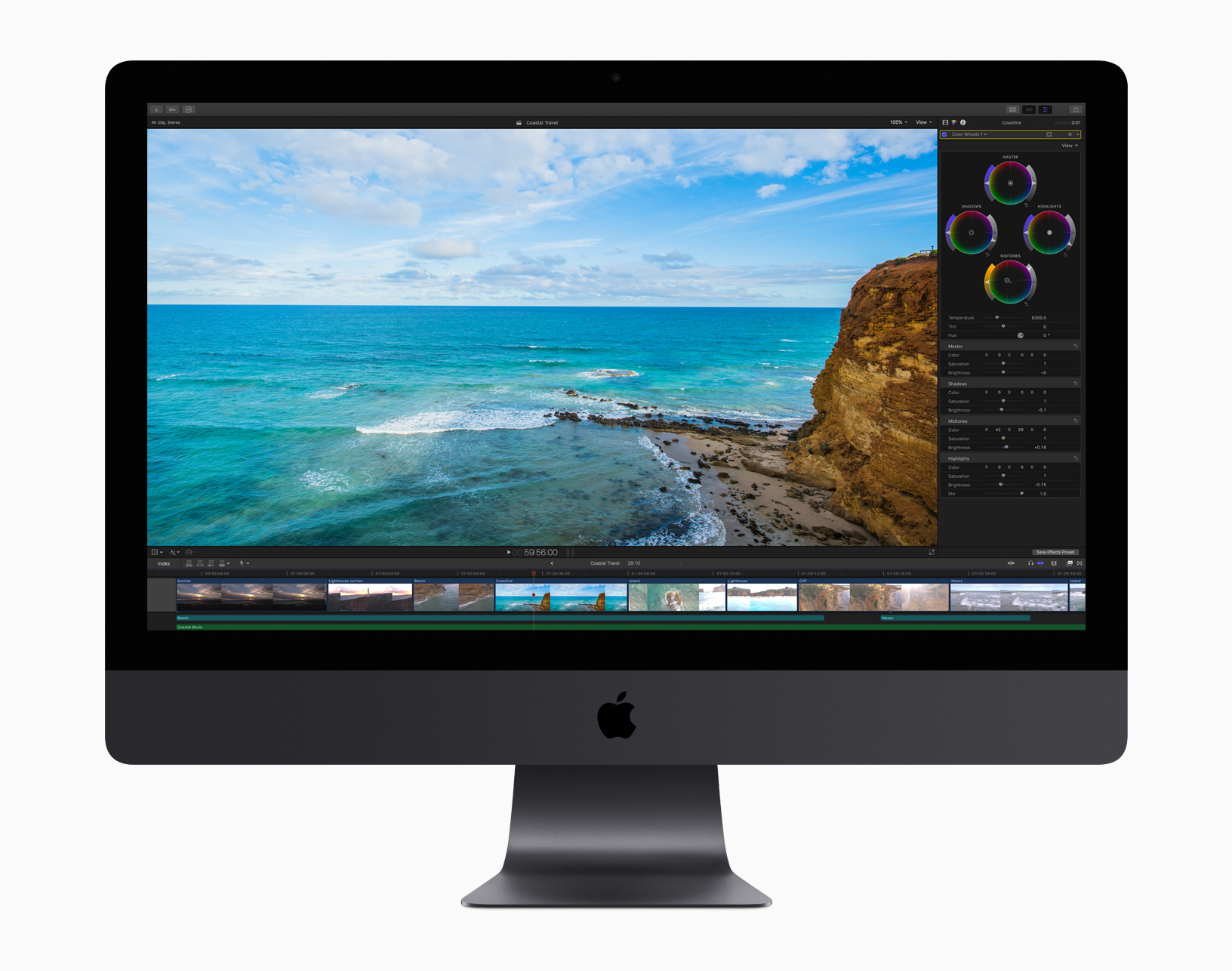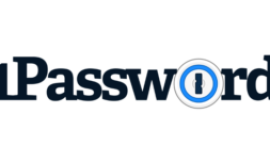Have you run into a situation where your Mac’s internal drive is full? Do you use Final Cut Pro X? If so, Jack Wallen is pretty confident he knows what the problem is and how to solve it.

Image: Apple Inc.
I use Final Cut Pro X daily to edit the video clips I create into consumable formats. Five years ago when I first began this voyage, I ran into a rather strange situation: The 1TB internal drive on my MacBook Pro had filled up. But why? I didn’t store a lot of media on the drive, nor did I save a ton of downloads.
Something was amiss, and I had to fix it fast; otherwise, macOS would start misbehaving. After a bit of digging, I discovered the problem was the Final Cut Pro X library files. Without thinking, I deleted them, assuming I could just pick up where I left off – or, worst case, I could start anew. After all, I had renders of all my videos, and I didn’t need to keep the bits and pieces lying around.
So, I deleted the libraries and reclaimed hundreds of GBs of internal storage space. Whew – crisis averted.
But that same problem continued rearing its ugly head, and every time I’d wind up deleting those library files – until I found a better way.
SEE: How to build a budget-friendly home video setup with expensive-looking results (TechRepublic Premium)
Final Cut Pro creates proxies and optimized copies of the original media so it doesn’t bog down during the rendering of your videos. It keeps these files around in case you need to work on the project again, but you don’t need those files. Sure, they make the rendering process faster and less resource hungry, but even if you delete those files, your projects remain intact.
I will show you how to delete those files, so you can clear up space on your drive.
What you’ll need
To make this work, you’ll need a Mac running Final Cut Pro X with some projects already rendered.
How to delete the proxies and copies
Open Final Cut Pro X and select one of your libraries in the upper left corner (Figure A).
Figure A
” data-credit>
I work with these three libraries: MONOLOGUES, MUSE and WAITING TO LIVE.
Once you’ve selected the library, click File | Delete Generated Clip Files (Figure B).
Figure B
” data-credit>
Deleting those generated clip files is right at your fingertips and mouse clicks.
In the resulting window (Figure C), select the checkboxes for Delete Render Files, All Delete Optimized Media and Delete Proxy Media. After making the selections, click OK, and Final Cut Pro X will begin the task of deleting these files.
Figure C
” data-credit>
Deleting the suspect files is almost complete.
Depending on how large these libraries are, this process could take a few seconds up to a few minutes. Once this is done, go to another Final Cut Pro X library and do the same. After you delete the files from all your libraries, you should have all the space you need on your local storage.
A better way
I have a better method of doing this, and it could save you from having to delete those rendered files. It’s not foolproof and, at some point, you’ll still have to delete those files as they consume every byte of space your drive has.
You can attach an external drive for each library you need (in my case, I would need three). Then, you create the new library on the external drive by clicking File | New | Library. In the resulting window (Figure D), make sure to locate the library on one of the newly attached drives.
Figure D
” data-credit>
Creating a new Final Cut Pro X library on an external drive.
With those libraries stored on external drives, you don’t have to worry about your internal drive (you know, the one housing macOS) getting bogged down. Yes, it requires you to purchase an external drive for each library, but, in the end, the extra cost will pay for itself with a mostly hassle-free setup.
Also see
Source of Article








